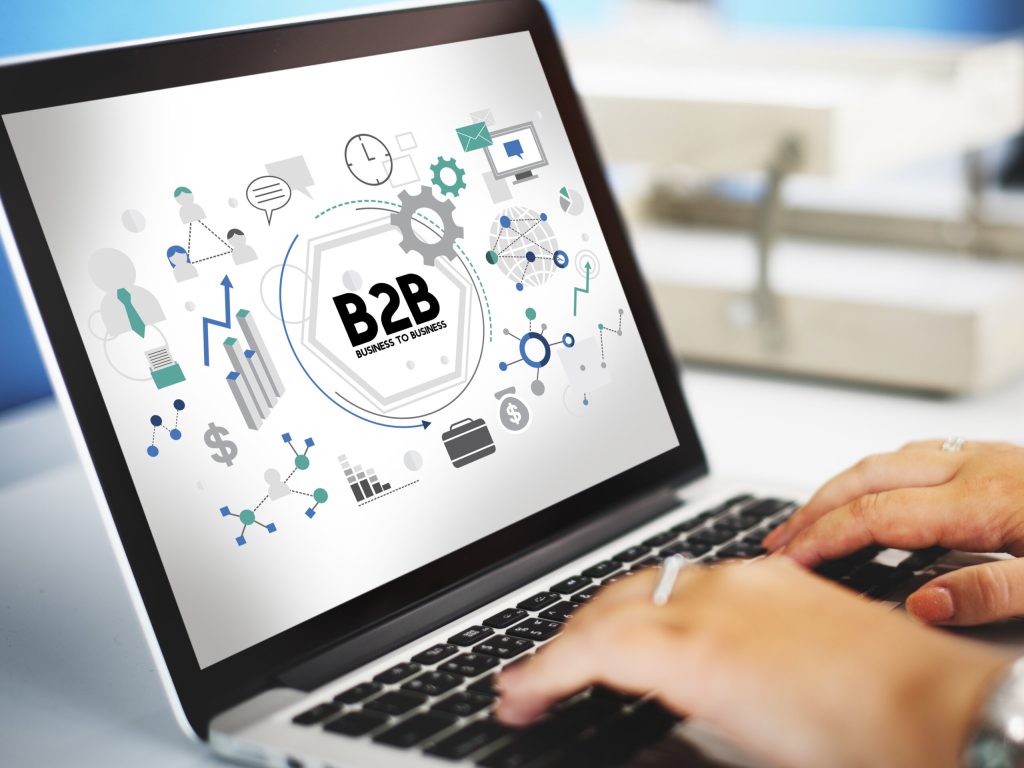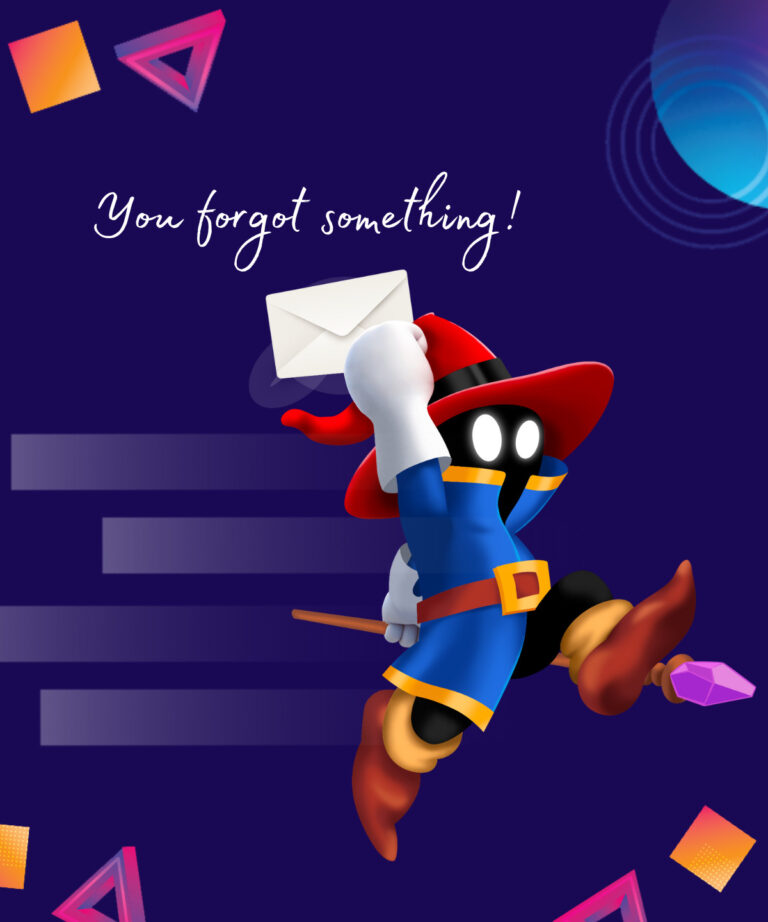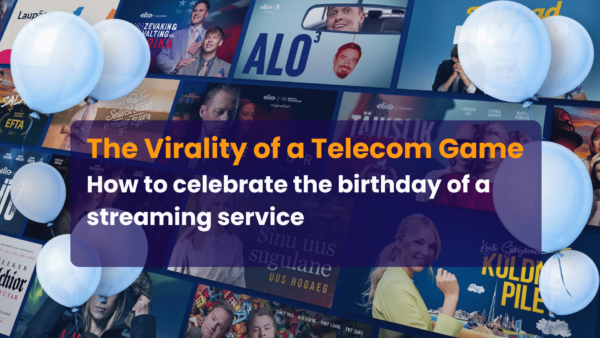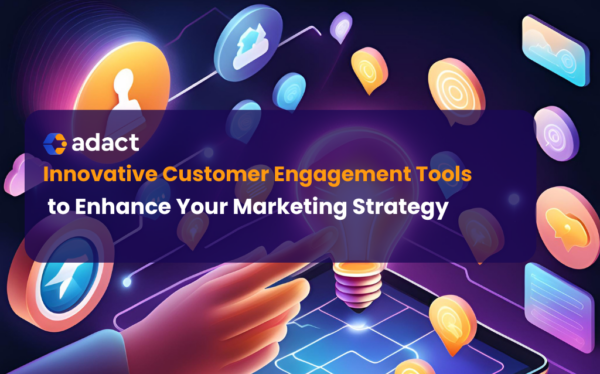When thinking about gamification, most people with knowledge of the concept will mention consumer games. Online raffles, in-store promotions, gathering of stamps and points. However, when you have to target B2B (business-to-business) customers, the situation becomes less intuitive.
How can you gamify serious business engagements? How do you do it cost-effectively? Is it even worth the effort?
To answer these and some other questions, we have put together this short guide. If you are still uncertain – please reach out to our customer success team and we will be happy to schedule a brainstorming session. https://meetings.hubspot.com/kalev-kaerpuk
Gamification in B2B: a different numbers game
One of the reasons, why gamification is so popular in B2C is the scale. A successful campaign in a mid-sized country can bring in 100s of thousands of interactions. Every interaction is, potentially, also related to a consumer purchasing something. Couple that with building a better and more emotional connection between the brand and the player and the effect is easy to grasp.
This also makes justifying any investment into running a gamification campaign much easier – you know what to expect. Either based on past successes or case studies from similar companies. In B2B it’s trickier, because the audience, which you are going to be engaging is inherently much smaller. Hundreds or even fewer people will engage with your content. So, it’s not worth it, is it?
The answer is through: absolutely worth it. And the reasons are 2 acronyms, which are pushing the scales:
– LAC – Lead acquisition cost
– LTV – Lifetime value (of the customer)
When you engage with customers in B2C and B2B, individual lead acquisition costs tend to be similar with some variation in advertising channels/conversion rate. And, in both cases, setting up and running a similar campaign would cost you the same. However, in B2C you are potentially acquiring many more leads and, as such, potentially paying more for ads.
This brings us to the lifetime value: how much will an individual customer make you? In the B2C world, the number could range from 10s to 100s euros. In B2B, however, a single paying customer could net anywhere between thousands to millions of euros. Here is a simple math exercise:
- We run a B2C campaign, which gives us 10.000 leads and each of them will bring in 100 euros. That’s 1M.
- We run a B2B campaign, which gives us 100 leads and of them will bring in 10.000 euros. That’s still a million.
And, most importantly, gamification has huge benefits in terms of lead conversion, meaning that while you targeting a much smaller amount of people – your mission is exactly the same. To make them interact with your brand and move on the customer journey towards a purchase.
With the math settled, let’s talk about different games and ways to gamify B2B marketing.
Gamification in B2B: knowledge is key
B2B sales are most likely related to offering products with better/higher added value than competitors. Your customer is likely an expert in the field and throwing flashy advertising without real content is not likely to sway them.
This is why knowledge-based games give some of the best results in our experience. Trivia, quizzes, and jeopardy aimed at challenging your customer’s new and existing alike sparkle their curiosity. The styling of the campaign message and the questions should be built around your core values and what you bring to the game.
We see companies create elaborate questionnaires, gently pushing potential customers to explore their websites. Others have success with just having fun by asking about silly things, urban knowledge and even movies/TV shows. All methods are great, as long as those are related to your brand and the product/services, which you are promoting.
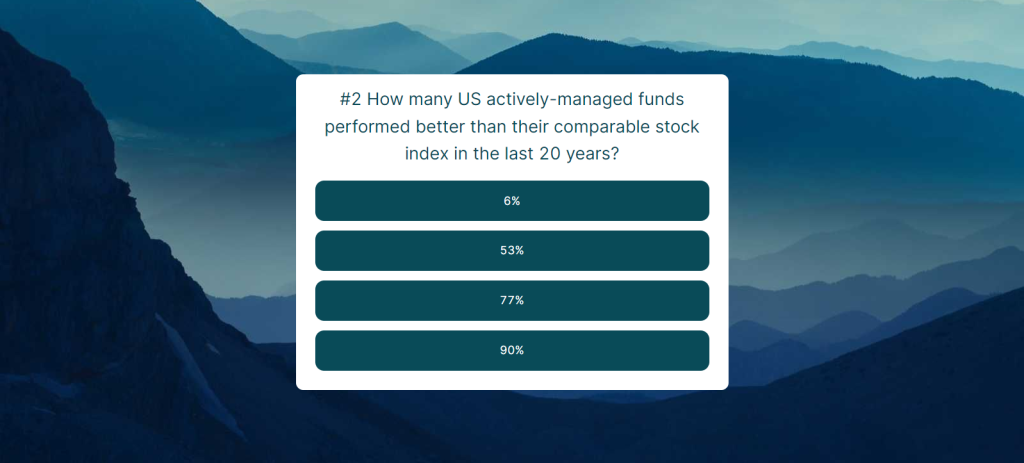
Gamification in B2B: it’s still about standing out
But the marketing challenge is still there: how do you get people to interact with your great campaign? After all, if no one knows about it – no one is going to be playing it either. Here are some easy-to-implement tips:
Online Ads: Make sure that the wording drives the customer to click. E.g. indicates that this is not just another ad, but an exciting experience, which awaits. A sample picture, if applicable, could be worth-while
Offline Ads: Use Qr codes, but also include a short link to the campaign landing. Even though most people are o.k. with using Qr codes, some have issues with scanning (I regularly do) and others would prefer not to do it due to security concerns.
Conferences: Your prominent team members are talking about your business at conferences, right? Right?! They may just as well use the stage to promote your gamified campaign. It has to be done carefully, but it is not impossible. It’s nice to say “200 people were listening to my keynote”, but “200 people were listening to my keynote and I have their emails” has a better cling to it.
Trade shows: those are still out there and very much live. If there is a relevant trade show, you can actively help your booth generate more leads by running a game, rather than just asking for business cards while handing out candy.
Remember: you must stand out and gamification can help you!
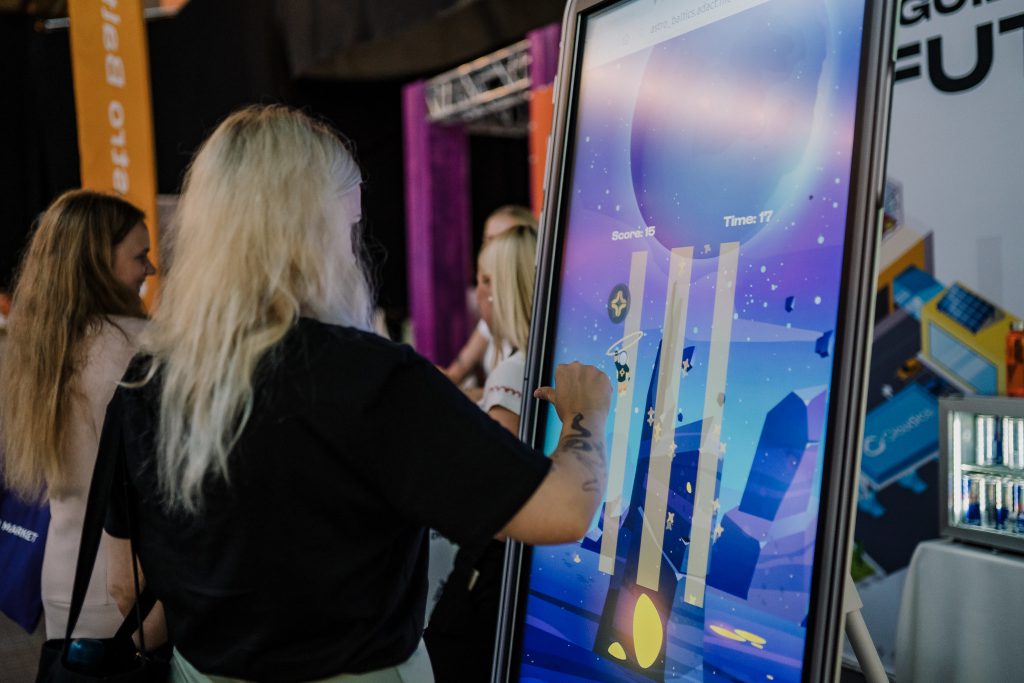
Gamification in B2B: the other side of the coin
On the other side of the gamification spectrum are not the end-users, but your partners and resellers. In most cases, you are in a non-exclusive relationship, where, ideally, they would push your product, rather than that of the competition.
So, engaging with them and their respective sales or procurement teams is just as important, as looking for new customers. Their teams are likely compensated for actual sales numbers, but if you have a strong and emotional relationship – you might be able to adjust the odds in your favour.
Also, gamifying knowledge and product features is a great way to educate your partners. They are probably bombarded by white sheets all the time, but playing a game of your brand is a whole different experience.
Also, let’s not forget about our team. HR has just as much use from gamification, as marketing and the scale, in terms of potential people to engage with might be even smaller. This is why, marketing and HR are natural allies when creating gamified campaigns, both internal and external.
Now that you know so much about gamification in B2B, why not play a small game of Jeopardy and see, how you rank against other gamification experts? We will be giving away 1 month of Adact’s platform usage to everyone who plays. Hint: your colleagues can play too 😊
Gamification in B2B is possible and welcome
So, as you can see, gamification in B2B is quite similar to B2C and just requires a slightly different mindset. It will help you acquire more leads, spark more life into existing relationships and lite up the team morale.
Also, fortunately for you, Adact’s customer success team has plenty of B2B experts with decades of sales and marketing experience, who can help you create a roadmap for your B2B campaign. Let’s set up a call and discuss this!
